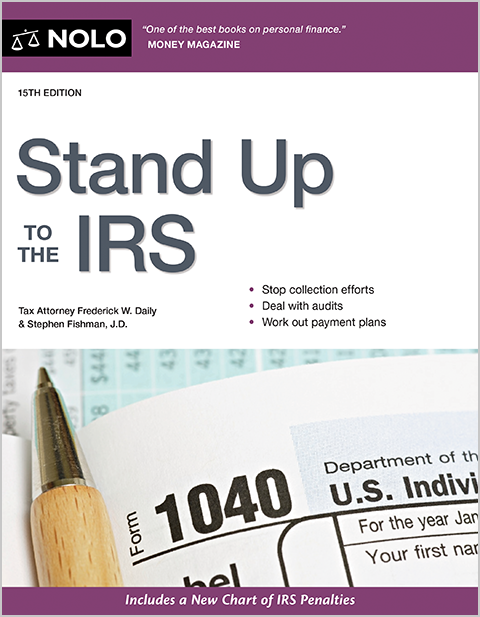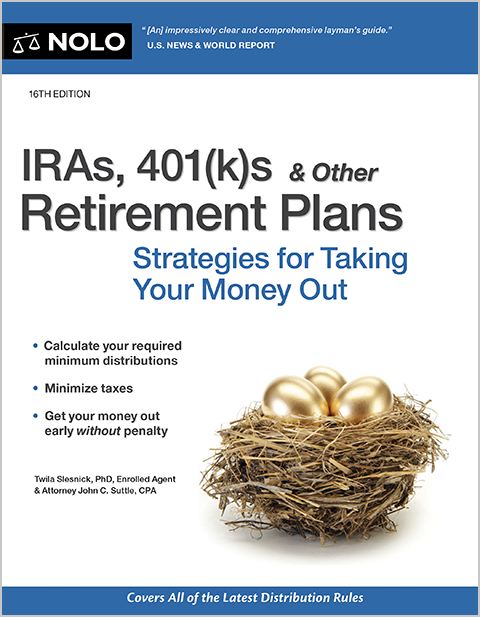Learn about the many different types of information returns which are used to report different types of payment or transaction.
One of the IRS's chief weapons in its ongoing fight to prevent taxpayers from underreporting their income is its information return program. IRS computers automatically check the amounts on the information returns the agency received against the income reported on your return.
If you've reported less income than shown in the information return, you can expect a letter demanding payment of extra taxes, interest, and penalties.
What Is an Information Return?
An "information return" isn't a tax return. Instead, it is a form that provides the IRS with information about a financial transaction.
Most information returns are used to report to the IRS taxable income that's not considered salary and wages and/or isn't withheld. The person or entity that paid you is required to file the form with the IRS and give you a copy.
How Well Does the Information Return Program Work?
The IRS receives billions of information returns. One year, its automated underreported program contacted over 4.5 million taxpayers using the information on these returns. These contacts resulted in additional tax assessments of $7,112,605,000.
What Are the Different Types of Information Returns?
There are many different types of information returns. Each type is used to report a different type of payment or transaction. Most information returns fall within the 1099 series of forms. Here's a list:
- 1099-A, Acquisition or Abandonment of Secured Property
- 1099-B, Proceeds From Broker and Barter Exchange Transactions
- 1099-C, Cancellation of Debt
- 1099-CAP, Changes in Corporate Control and Capital Structure
- 1099-DIV, Dividends and Distributions
- 1099-G, Certain Government Payments
- 1099-H, Health Coverage Tax Credit (HCTC) Advance Payments
- 1099-INT, Interest Income
- 1099-K, Merchant Card and Third Party Network Payments
- 1099-LTC, Long-Term Care and Accelerated Death Benefits
- 1099-MISC, Miscellaneous Income
- 1099-NEC, Nonemployee Compensation
- 1099-OID, Original Issue Discount
- 1099-PATR, Taxable Distributions Received From Cooperatives
- 1099-Q, Payments From Qualified Education Programs (Under Sections 529 and 530)
- 1099-R, Distributions From Pensions, Annuities, Retirement or Profit-Sharing Plans, IRAs, Insurance Contracts, etc.
- 1099-SA, Distributions From an HSA, Archer MSA, or Medicare Advantage MSA
Fortunately, most taxpayers need only worry about receiving a few of these different forms. These include:
Form 1099-INT
Financial institutions are required to file this form if they pay you more than $10 in interest during the year.
1099-DIV
This form must be filed if you own stock or other securities and receive over $10 in distributions, such as dividends, capital gain distributions, or nontaxable distributions, that were paid on stock and liquidation distributions.
1099-MISC
You use Form 1099-MISC for each person to whom you have paid during the year at least $10 in royalties or broker payments in lieu of dividends or tax-exempt interest or at least $600 in:
- rents
- prizes and awards
- other income payments
- medical and health care payments
- crop insurance proceeds
- cash payments for fish (or other aquatic life) you purchase from anyone engaged in the trade or business of catching fish
- generally, the cash paid from a notional principal contract to an individual, partnership, or estate
- payments to an attorney, and
- any fishing boat proceeds.
You would also use Form 1099-MISC to report that you made direct sales of at least $5,000 of consumer products to a buyer for resale anywhere other than a permanent retail establishment.
1099-NEC
This form must be filed by a client who pays an independent contractor at least $600 for professional services during the year.
1099-K
This form must be filed if you have a business and have at least 200 transactions and at least $20,000 in sales during the year that are processed by third-party payment processors such as PayPal and Google Checkout. This form is also issued as by credit card payment processors.
1099-B
Brokers or mutual fund companies must file this form when you sell stock. It shows the amount and date of the sale, and provides cost basis information.
1099-G
This form is used to report unemployment compensation, state and local income tax refunds, agricultural payments, and taxable grants.
1099-R
This is the form filed when you get a distribution from a retirement plan, such as an IRS, Roth IRA, 401(k) plan.
What to Do with Information Returns
Be sure to save all information returns you receive. Most need not be filed with your tax return, but there are exceptions. If you have a tax preparer, give that person all your information returns.
Getting Help
If you need tax help, talk to a tax professional, such as a certified public accountant or a tax attorney. A tax professional can prepare tax returns or provide tax information, guidance, or representation before the IRS.
Talk to a Tax Attorney
Need a lawyer? Start here.
How it Works
- Briefly tell us about your case
- Provide your contact information
- Choose attorneys to contact you
- Briefly tell us about your case
- Provide your contact information
- Choose attorneys to contact you

